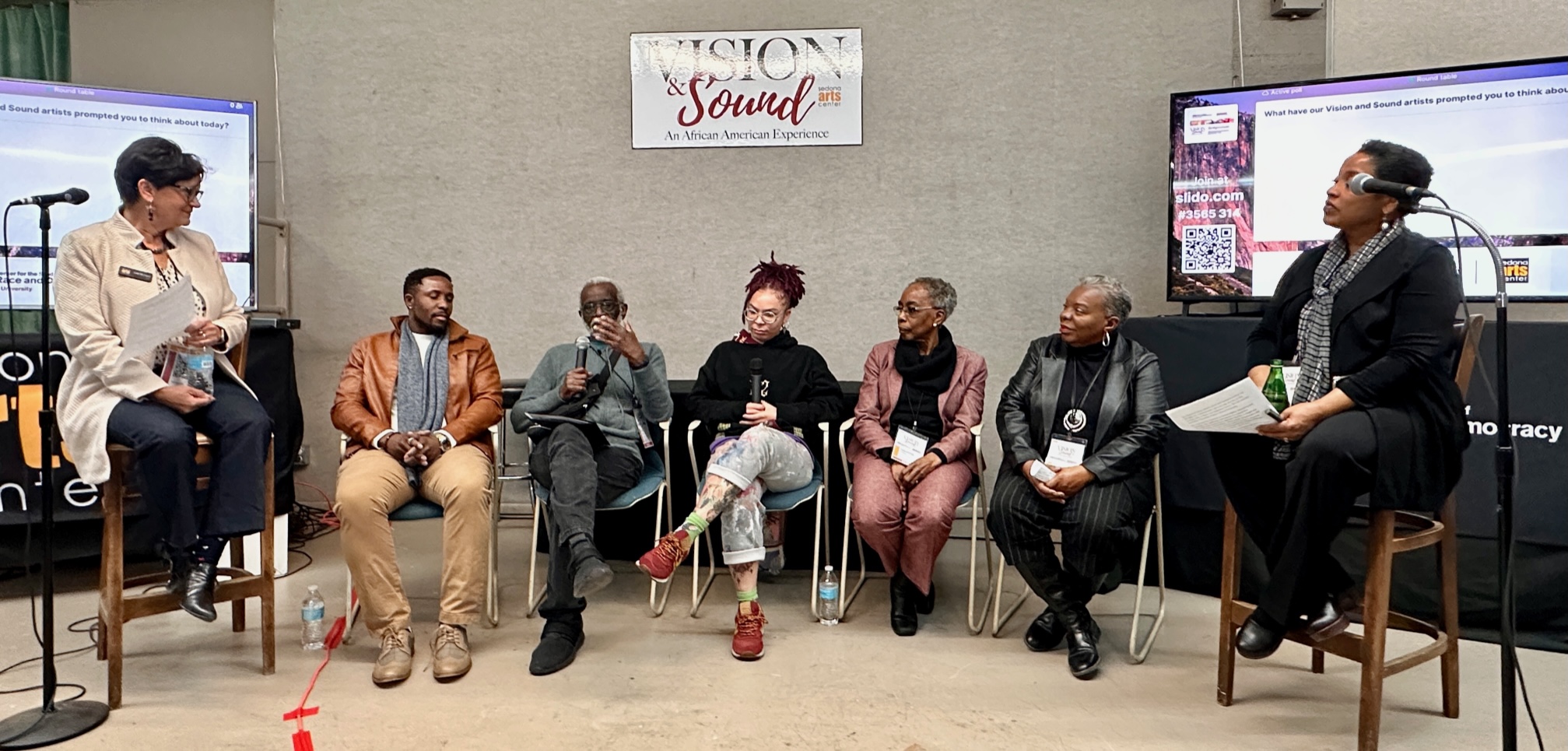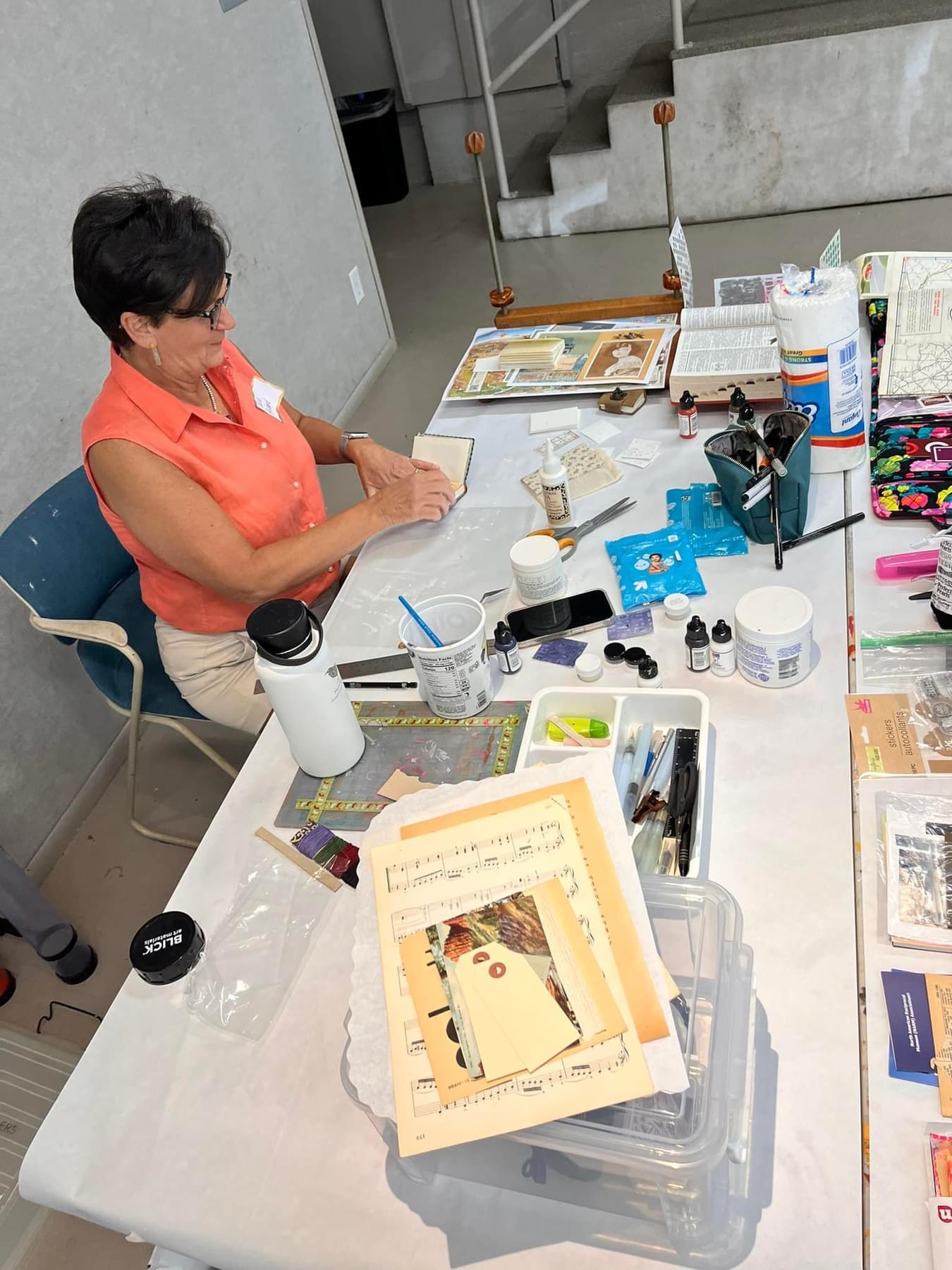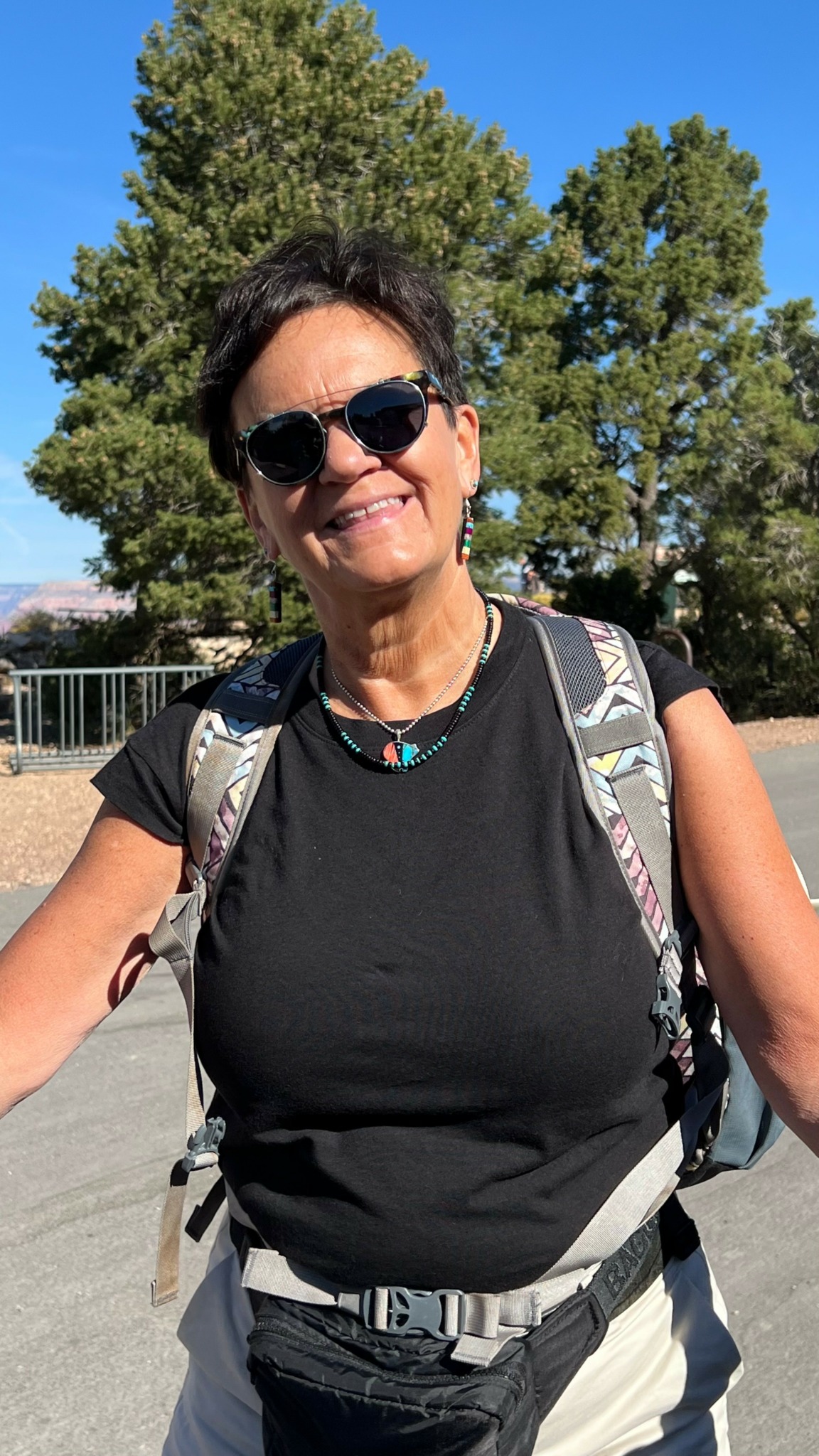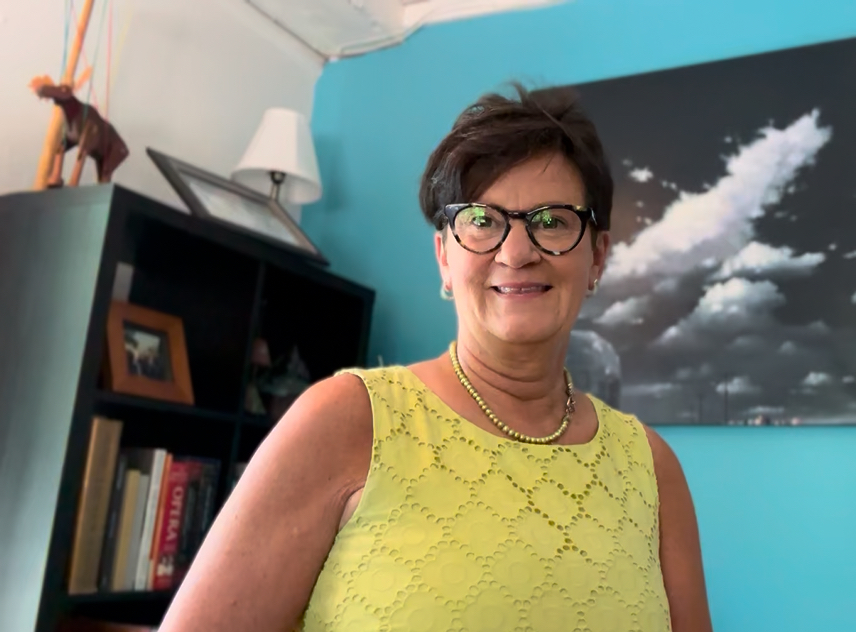We’re excited to introduce you to the always interesting and insightful Julie Richard. We hope you’ll enjoy our conversation with Julie below.
Julie, thanks for taking the time to share your stories with us today When did you first know you wanted to pursue a creative/artistic path professionally?
I think I knew very early on—probably around 10 or 11 years old—that I wanted to be involved in the arts in some way. My entire world revolved around creativity. Whether it was dancing, singing, playing an instrument, or working on some kind of art or craft, the arts were always at the center of my life.
Even as a child, I had an eye for design, a love for organization, and a natural talent for numbers. I approached the world with a blend of creativity and logic—something I didn’t fully recognize or appreciate at the time. Looking back, I see that this combination of artistic passion and analytical thinking has been the foundation of my career.
While I initially dreamed of performing, over time I realized that my true calling was helping others thrive in creative spaces—building programs, organizations, and opportunities where the arts could flourish. I may not have followed the path I imagined as a child, but I’ve always followed the creative thread that connects everything I do.

As always, we appreciate you sharing your insights and we’ve got a few more questions for you, but before we get to all of that can you take a minute to introduce yourself and give our readers some of your back background and context?
I’ve been immersed in the arts my entire life—it’s not just a career path, it’s truly in my DNA. I grew up in the heart of Wisconsin’s Driftless Region, in the inspiring shadow of Frank Lloyd Wright’s Taliesin in Spring Green. It was a community deeply rooted in creativity, and I was surrounded by the pioneering spirit of artists.
My earliest and most enduring artistic influence, however, was my mother. A passionate supporter of the arts, she made sure creativity was central to my upbringing. She enrolled me in dance classes when I was just three years old, followed by piano lessons at seven, trumpet at ten, and I sang throughout my childhood. She chaired the Spring Green Art Fair for many years and brought me to art shows, festivals, and workshops all over the state—always nurturing my curiosity and creative potential.
I attended the University of Wisconsin–Madison, where I studied music (voice) and psychology. As a freshman, on a whim and a friend’s urging, I tried out for the UW Marching Band and was selected as the first female flugelhorn player in the band’s history. During my junior year, I also joined the Wisconsin Singers, a touring show choir sponsored by the UW Alumni Association, performing over 50 shows a year.
Despite my love for performance, I realized upon graduation that I lacked the fearlessness required to pursue it as a full-time profession. At a pivotal moment, a mentor and family connection—William Dawson, founder and executive director of what is now APAP (Association of Performing Arts Professionals)—suggested a path that would blend my creative passion with strategic leadership: arts administration.
After taking a year off to complete an internship at the Tulsa Performing Arts Center, I enrolled in the graduate program for arts administration at UW–Madison—the very first program of its kind in the country. It was there that I discovered my true calling: supporting and growing the business side of the arts so that others could thrive creatively.
My professional journey has taken me across the country. I began as Development Director for Syracuse Opera, and by age 29, I was promoted to Managing Director. Since then, I’ve had the honor of leading six arts organizations, including the Maine Arts Commission, where I served as Executive Director from 2012 to 2020. Each role taught me something new about the power of the arts to transform communities, inspire individuals, and foster meaningful connection.
Today, I’m incredibly proud to serve as CEO of Sedona Arts Center in Sedona, Arizona—a place where creativity and nature coexist in breathtaking harmony. Founded in 1958, the Arts Center’s mission is to connect, enrich, educate, and lead through the power of artistic discovery. Since joining in 2021, we’ve dramatically expanded our reach—from serving 40,000 people annually to over 150,000 across Arizona and beyond. We’ve broadened our programming, deepened community partnerships, and elevated the visibility of local, regional and national artists.
One of our most exciting initiatives is the Sedona Entrepreneurial Artist Development (SEAD) program, launched in partnership with the USDA in 2025. SEAD equips artists with the business tools they need to grow sustainable, thriving careers. It’s one of the many ways we’re redefining how arts organizations support creative professionals in today’s economy.
What sets me apart is a lifelong, multidimensional relationship with the arts—first as a performer, then as a strategist, leader, and advocate. I bring an artist’s empathy to business decisions, a deep respect for tradition combined with a drive for innovation, and a firm belief that creativity is not a luxury—it’s essential.
What I’m most proud of is helping artists and arts organizations not just survive, but thrive. Whether it’s expanding access to the arts, building community engagement, or empowering creatives to turn passion into livelihood, my work is all about unlocking potential and sparking transformation. I believe in the power of art to change lives. I’ve seen it. I’ve lived it. And my mission is to help others harness that power to shape stronger, more vibrant communities.

Can you share a story from your journey that illustrates your resilience?
I’ve always considered myself a problem solver—and if you’ve spent any time in the arts or nonprofit world, you know that challenges are part of the territory, especially when it comes to funding.
One of the most defining moments of resilience in my career came during my very first job after graduate school at Syracuse Opera. At the time, the organization was facing a significant financial crisis—we were operating with a deficit that exceeded half of our annual budget. It was a daunting situation for anyone, let alone someone just starting out.
The National Endowment for the Arts had a program called Advancement, which offered selected organizations a year of consulting support to develop a strategic plan, followed by a $25,000 grant to help implement it. I saw this as a way to tackle two urgent needs: getting expert guidance to stabilize the organization and securing much-needed funding for our programming. I applied, and we were accepted into the program.
We completed the strategic plan and felt optimistic about the future. But then came a setback: the NEA decided not to release the $25,000 grant. They questioned our financial viability and were hesitant to invest in us. I could have accepted their decision—but I didn’t. I filed an appeal, made our case, and we won. The grant was awarded, and it was a crucial turning point for the organization.

How can we best help foster a strong, supportive environment for artists and creatives?
First, we need to shift how we think about the arts. They’re not just a “nice to have”—they’re essential. Artists help us process the world around us, bring beauty into our lives, and often lead the way when it comes to social change and innovation. But they’re often undervalued, especially when it comes to being paid fairly for their work.
To truly support a thriving creative ecosystem, we need to start by treating artists like the professionals they are. That means fair compensation, access to resources like healthcare, and opportunities for professional growth. Too many artists are expected to give their time and talent for free or for “exposure,” and that has to change.
We also need to make sure that access to the arts isn’t limited to a privileged few. Arts education should be part of every child’s life, and creative opportunities should be available to people of all ages and backgrounds. The more we invest in creativity, the more resilient and connected our communities become.
And just as importantly, we need to include artists in bigger conversations—about community development, education, planning, and policy. Artists bring fresh perspectives, and when we listen to them and invite them to the table, we all benefit.
At the end of the day, supporting artists means recognizing their value—not just culturally, but economically and socially. It’s about respect, investment, and creating the conditions where creativity can truly thrive.
At Sedona Arts Center, we work every day to build and sustain that kind of creative ecosystem—one that uplifts artists, nurtures creativity, and connects people through the arts. But we can’t do it alone. It takes meaningful support at all levels—federal, state, local, and private philanthropy—to truly make a difference. We also need to shift the cultural mindset around what we choose to value and invest in. Supporting the arts shouldn’t be an afterthought—it should be seen as a core part of building healthy, vibrant communities.
Contact Info:
- Website: https://sedonaartscenter.org
- Instagram: @jarartcat
- Facebook: julie.richard.180
- Linkedin: https://linkedin.com/in/julie-richard-b900727a




Image Credits
These are either personal photos or attributable to Kelli Klymenko, Marketing Director, Sedona Arts Center


